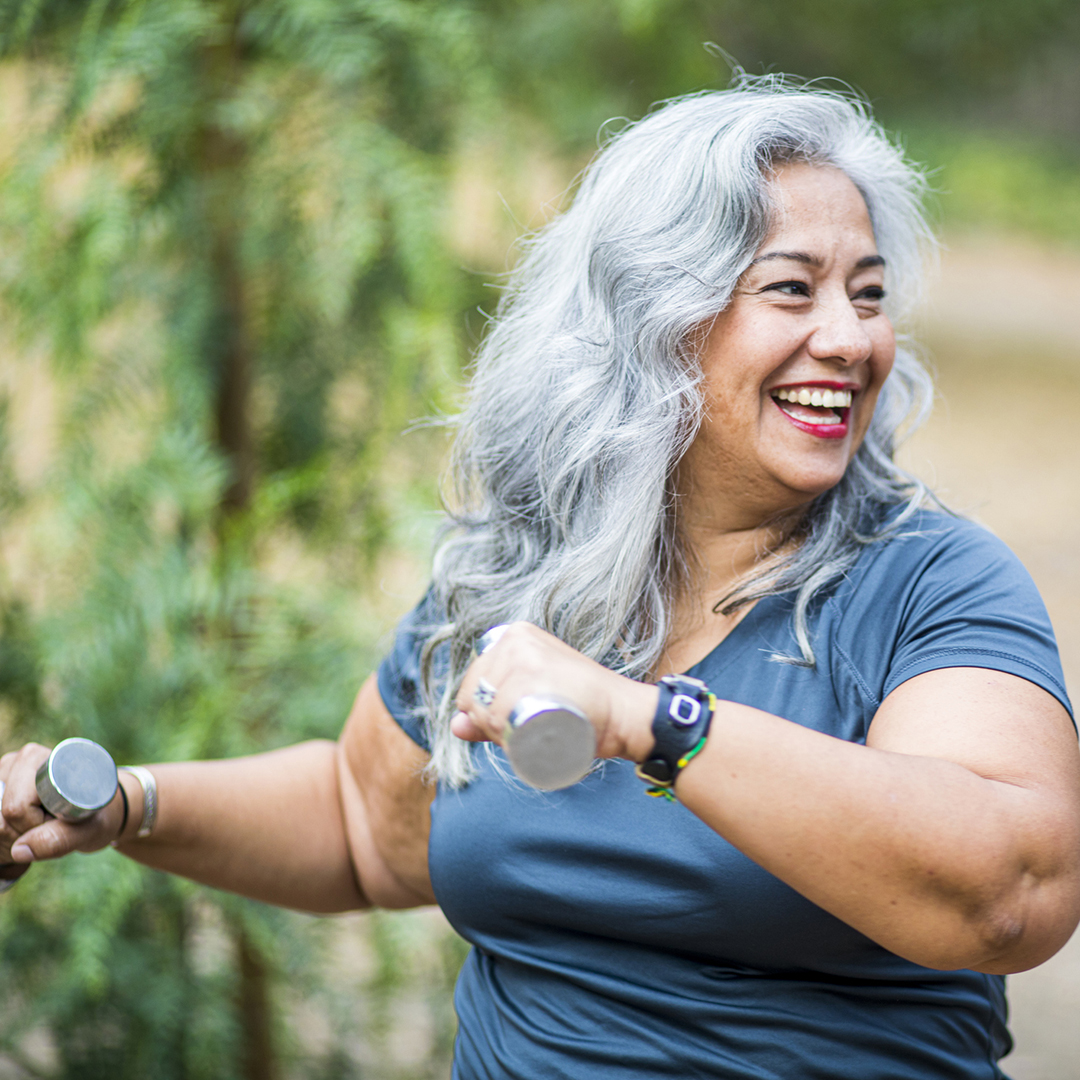At-home rapid COVID-19 diagnostic tests: What you need to know

With quick results and convenience, at-home rapid antigen tests for detecting COVID-19 are here to stay. Here’s some information on how to use them most effectively.
At-home COVID-19 diagnostic tests — also referred to as rapid antigen tests or over-the-counter COVID-19 tests — are an important tool in controlling the spread of COVID-19. They can be taken anywhere, at any time, regardless of if you have COVID-19 symptoms. They are also low or no cost and give you results within minutes.
Rapid tests are a vital risk reduction measure because the sooner you know whether or not you have COVID-19, the sooner you can isolate and notify others who may have been exposed.
While clearly helpful, at-home COVID-19 diagnostic tests do have limitations — especially if you don’t have noticeable symptoms.
Here is some important information you should know about at-home rapid tests, including how to get them, when to take them, and how to ensure you get the most accurate results.
Understanding the basics of at-home COVID-19 diagnostic tests
The FDA granted Emergency Use Authorization (EUA) to a number of different at-home COVID-19 rapid antigen tests, all of which are available without a prescription. All of the approved tests detect current active infection by identifying proteins from the SARS-CoV-2 virus, the virus that causes COVID-19, from mucus samples taken by a nasal swab.
The tests are designed for anyone age 2 and older and provide results within 10 to 30 minutes. They work whether or not you have symptoms, but if you’re symptomatic, the various manufacturers recommend completing the test within 6 to 7 days of the start of symptoms for accurate results.
Some at-home tests use an app to report results, while others rely on you to report your positive test result to your physician, who will in turn notify public health agencies.
The best time to take an at-home COVID-19 rapid antigen test
According to the Centers for Disease Control and Prevention (CDC), you should test yourself immediately if you’re experiencing COVID-19 symptoms. If you had a potential exposure but don’t have symptoms, the CDC recommends waiting 5 days after exposure and then testing again 1 to 2 days after that.
Additionally, if you’re planning to go to a large gathering, the CDC recommends taking a rapid antigen test right before or as close to the time of the event as possible.
Interpreting your at-home COVID-19 test results
There are three possible results of an at-home COVID-19 rapid antigen test: positive, negative, or invalid.
- A positive test result happens when you see two lines appear on your test. According to the CDC, a positive self-test is highly reliable in detecting current COVID-19 infection.
- A negative test result happens when only the control test line appears on your test. The CDC says a negative test doesn’t definitively rule out COVID-19 infection, especially if you have symptoms. That’s because rapid antigen tests are not as sensitive as molecular tests. You’re also more likely to experience a false negative in the early stages of infection or if you don’t have symptoms.
- An invalid test result happens if the control test line on your test does not show up. In this case, the test didn’t work properly and you’ll need to take another test.
When is a PCR test better than a rapid antigen test?
Polymerase chain reaction (PCR) tests are still considered the gold standard of COVID-19 testing because they offer the highest level of sensitivity, meaning they can detect amounts of viral material that at-home rapid antigen tests may miss. This makes PCR tests particularly beneficial if you have a known exposure but aren’t yet showing any symptoms. These tests can detect the virus earlier in the course of an infection, sometimes before symptoms appear.
Additionally, if you do have symptoms but continue to test negative on a rapid, a PCR test can help confirm with higher accuracy whether or not you actually do have COVID-19.
One thing to note about PCR tests is that they are so sensitive that you may continue to test positive for COVID-19 for weeks or more, even if you no longer have symptoms and aren’t contagious. Rapid antigen tests, however, are more likely to only show up positive if you are currently shedding COVID-19 virus particles.
If you test positive on a PCR test, the CDC recommends testing again 5 days later via a rapid test. If you continue to test positive, then you’re likely still contagious and should continue isolating for an additional 5 days. Having two negative rapid tests 2 days in a row after a confirmed positive COVID-19 test can give you more confidence that you’re no longer contagious.
How to ensure the most accurate test results from an at-home COVID-19 test
Here are 7 tips to help you feel more confident in your COVID-19 rapid antigen test results:
- Make sure the test you buy is on this list of FDA-authorized at-home COVID-19 diagnostic tests.
- Wash your hands before opening the test kit so as not to contaminate the contents of the test.
- Don’t open an at-home test until you’re ready to use it.
- Store your unopened tests according to the manufacturer’s instructions and at a temperature recommended by the manufacturer. Extreme heat and extreme cold can affect the results of the test.
- Follow the directions exactly as written, including waiting the required amount of time before reading the results.
- Note that some test kits recommend serial testing, or repeating the test twice in a 3-day period, if you don’t currently have symptoms. Multiple negative tests can give you more confidence that you aren’t infected with COVID-19.
- Check the expiration date. In some cases, the expiration date for a test may be extended. This means the manufacturer provided data showing that the shelf-life is longer than was known when the test was first authorized.
How to get at-home rapid COVID-19 diagnostic tests
Tests can be purchased online, in pharmacies, and in retail stores. Express Scripts® Pharmacy has them, too.
Check your health plan benefits. Despite the end of the public health emergency, your benefits may still cover COVID-19 test kits at no cost or at a reduced cost.
If you have a healthcare spending account (HRA, HSA, FSA), you can use it to help offset any out-of-pocket costs for at-home tests as well.
Updated: June 19, 2023
Posted date: May 10, 2022


